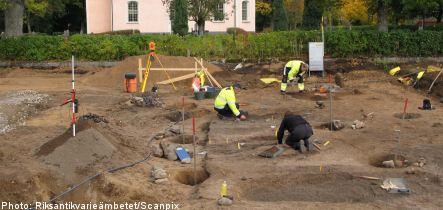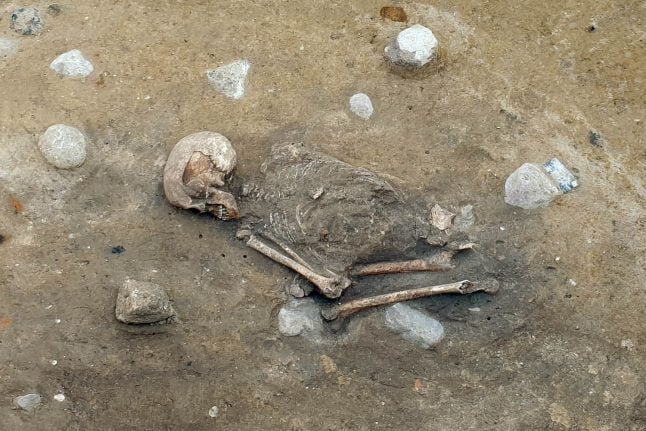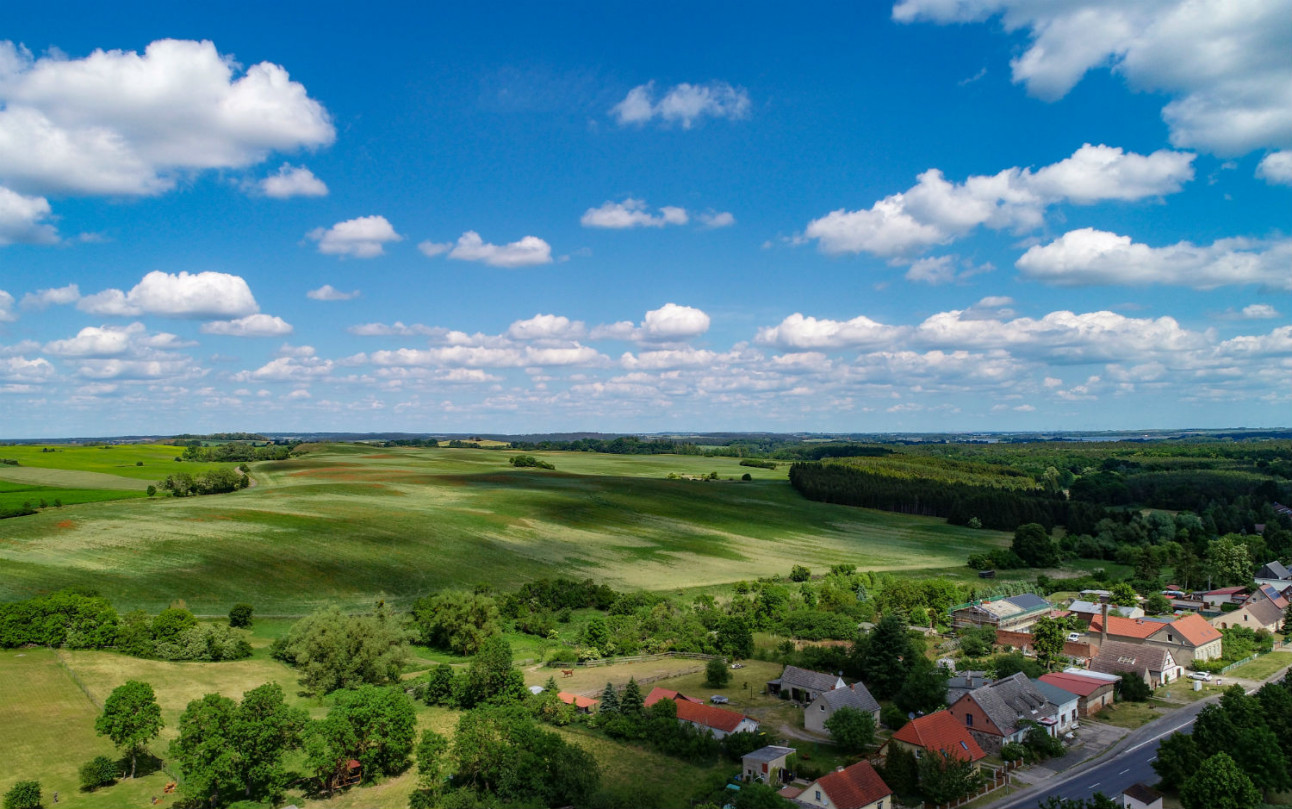“It’ a unique find,” said Bo Annuswer of the Swedish National Heritage Board (Riksantikvarieämbetet) to the Nerikes Allehanda newspaper.
“The churches that have found earlier have been really damaged. Now archaeologists uncovered for posts which mark the church, and the burial site. Such an undisturbed site is unique.”
Stave churches, common in medieval northern Europe, are constructed with timber framing and walls filled with vertical planks.
The site was excavated late in the summer following an examination of the area in preparation for the building of a new parish home.
The discovery has raised a number of questions among archaeologists who wonder about the social status of the person whose remains were discovered in the church, which archaeologist estimate is from the 11th century.
“Not just anyone was buried in the middle of a church; it hints that the person was someone very special. In modern times it was fairly common for priests to end up in a church. But commoners were kept outside the church,” said Annuswer.
Annuswer added that the discovery will serve as important source of information about churches and graves from the era.
“This is an undisturbed environment which shows how people buried bodies and what sort of objects people had with them in their graves,” he said.




 Please whitelist us to continue reading.
Please whitelist us to continue reading.